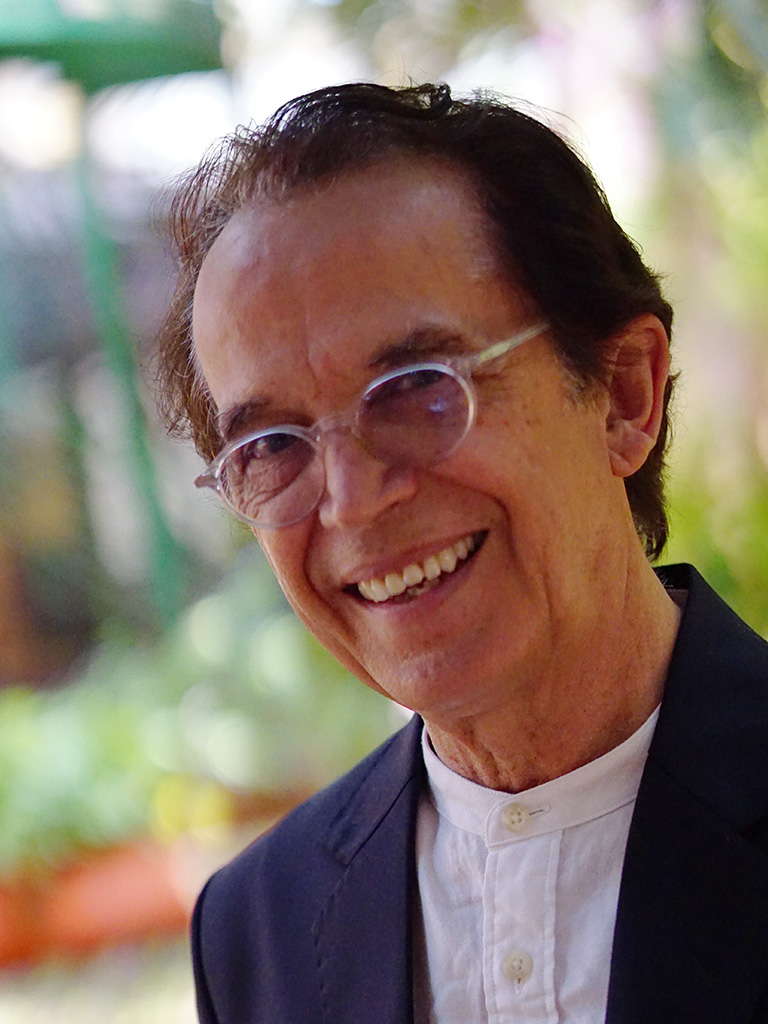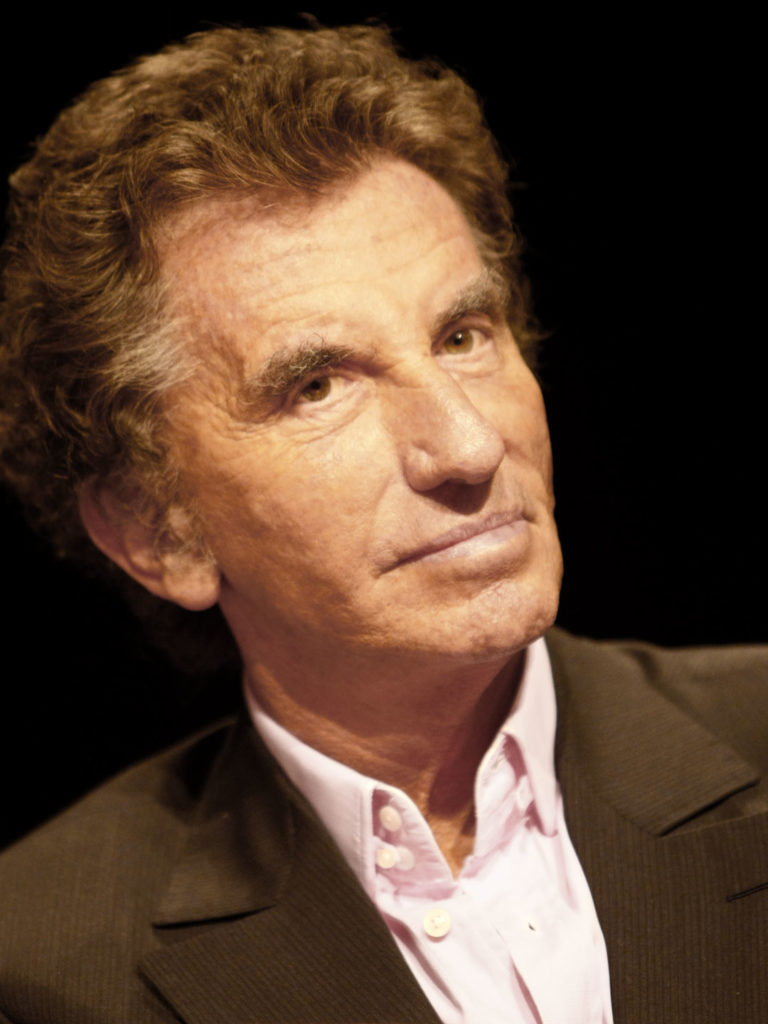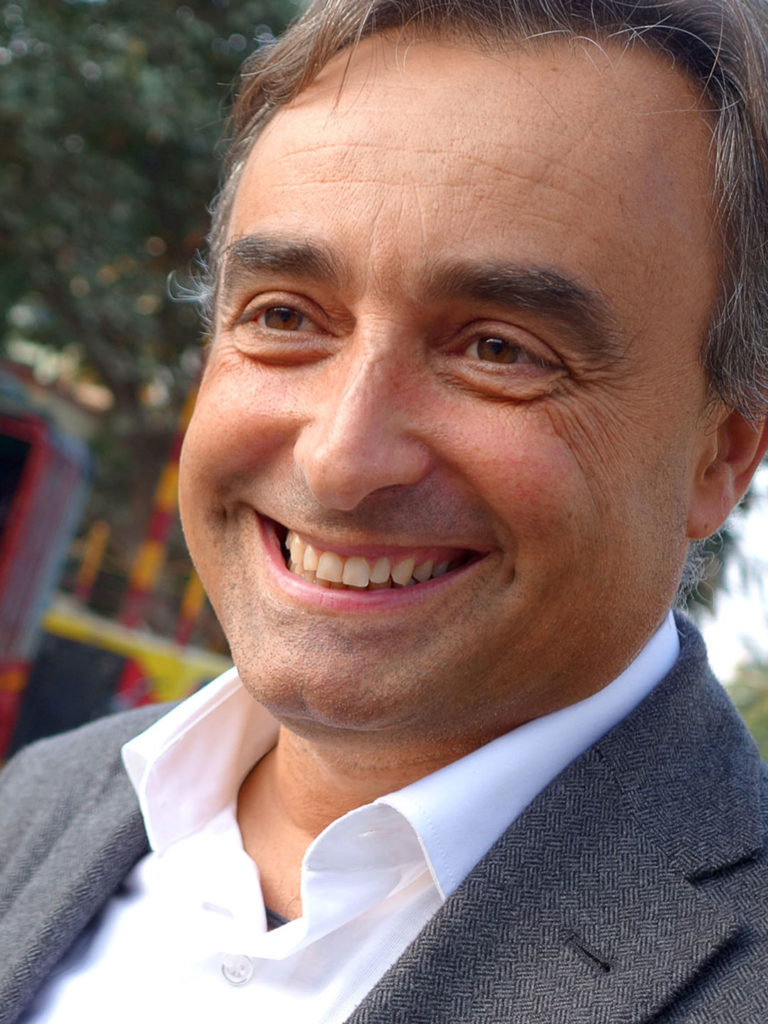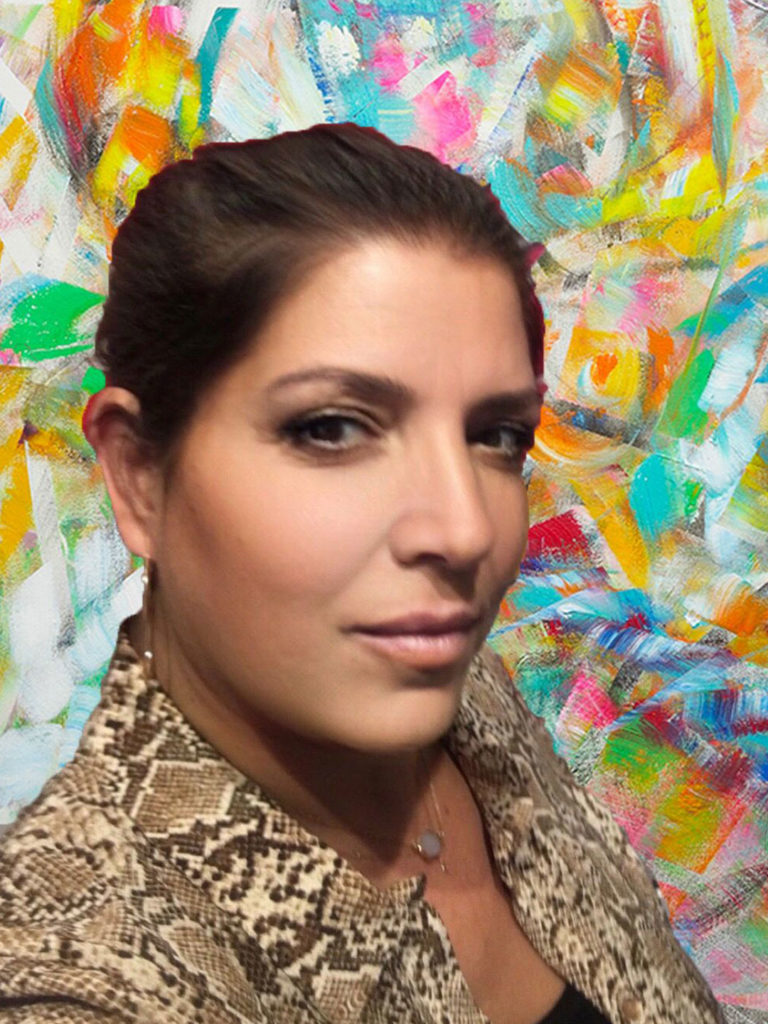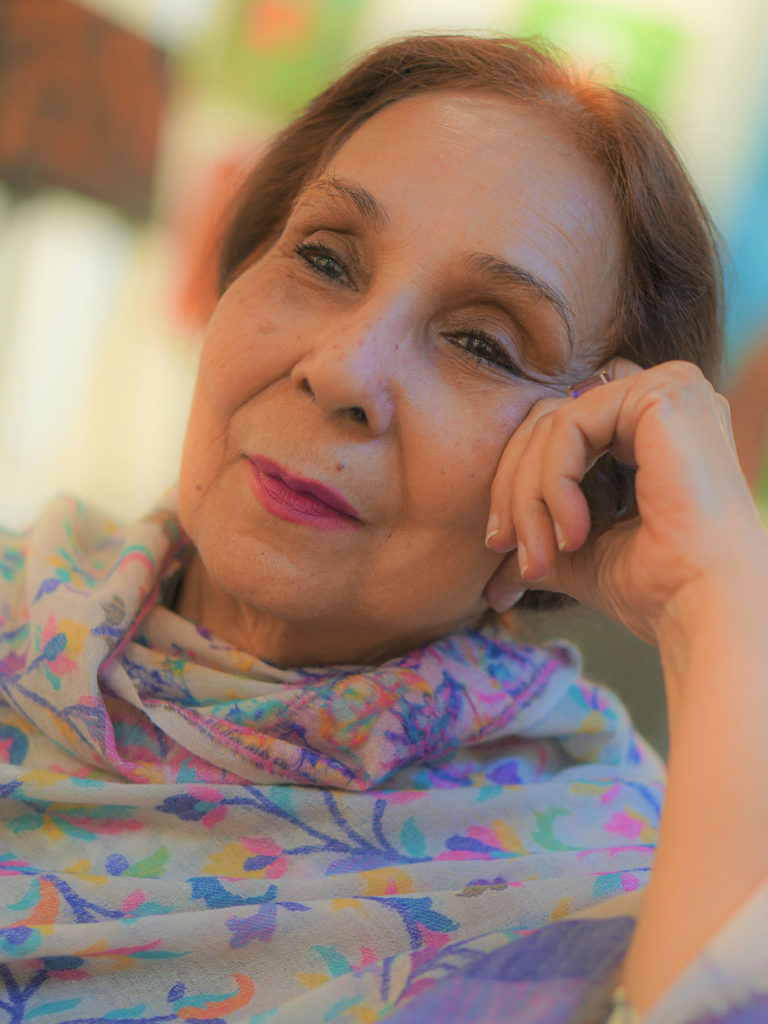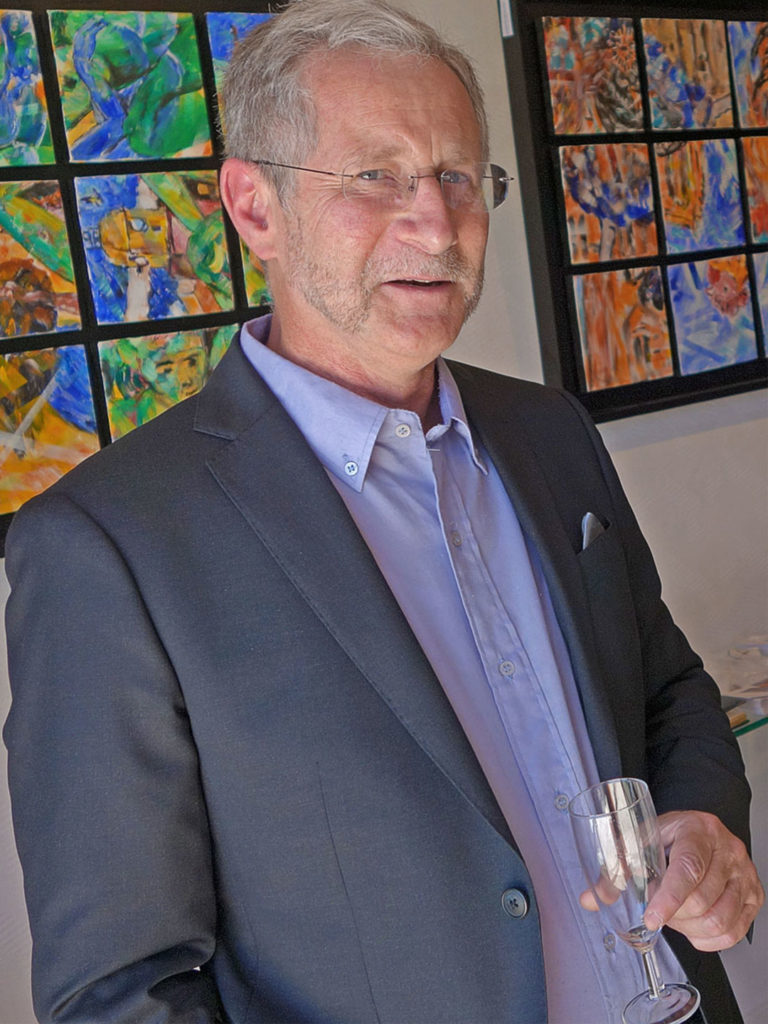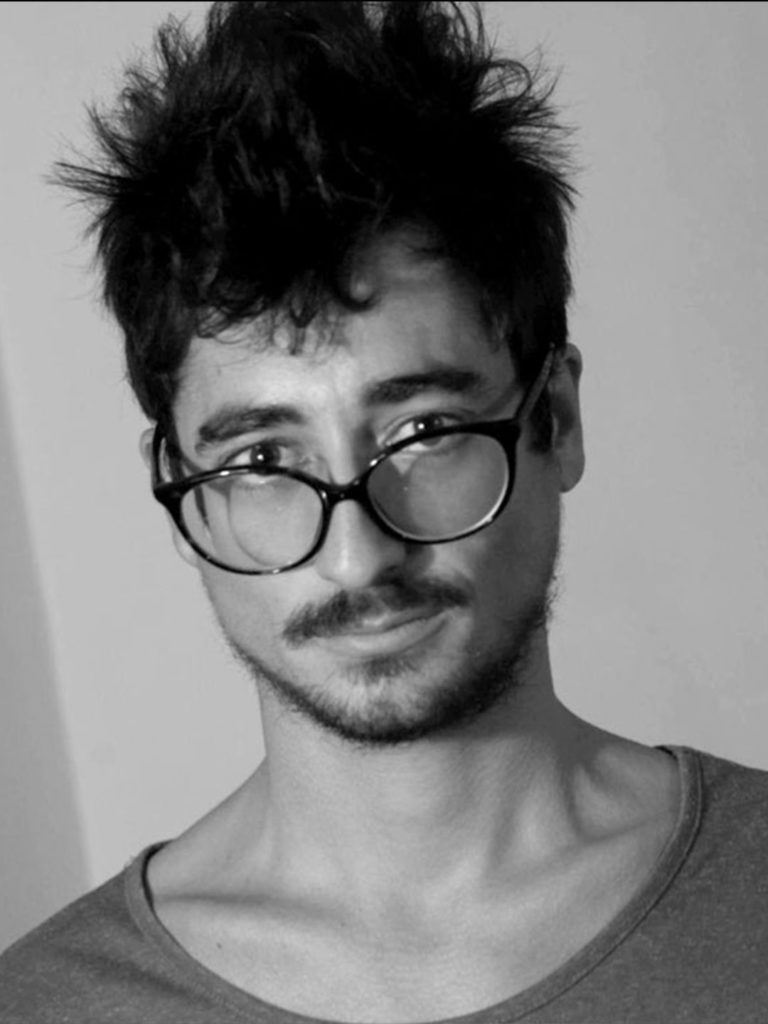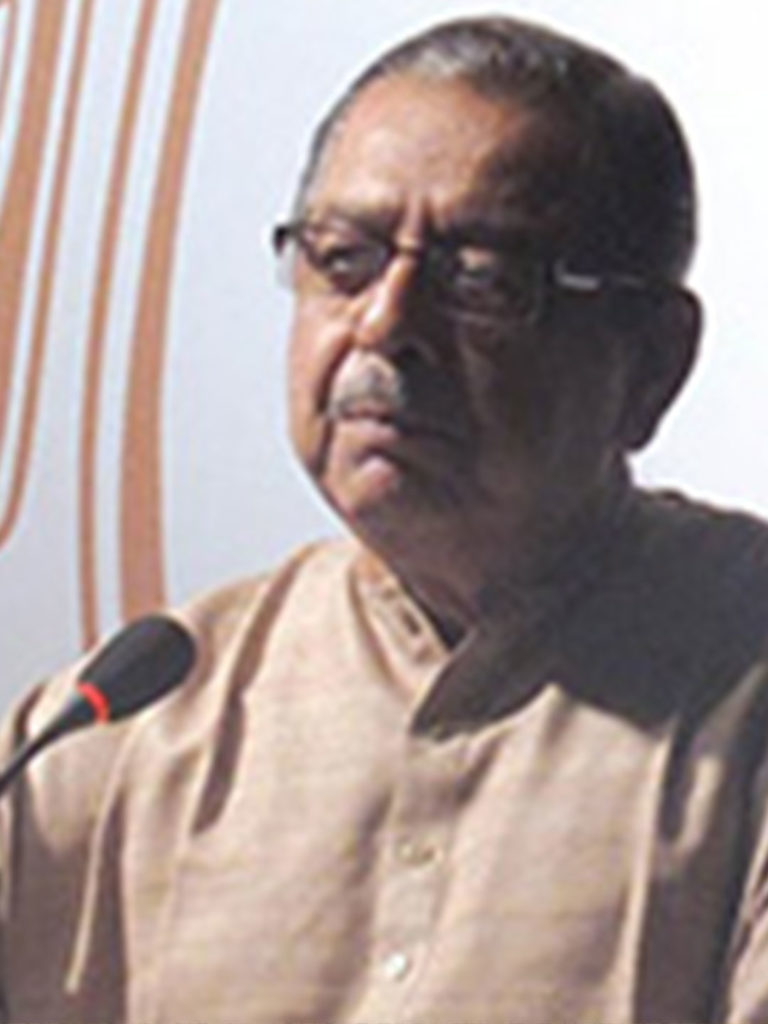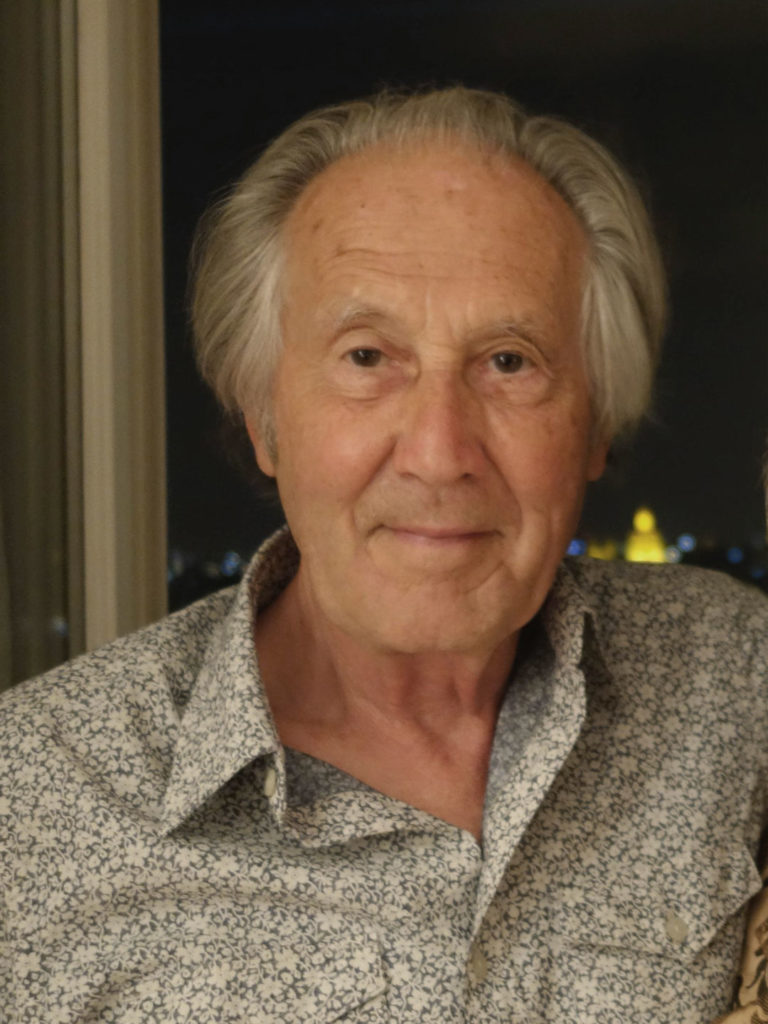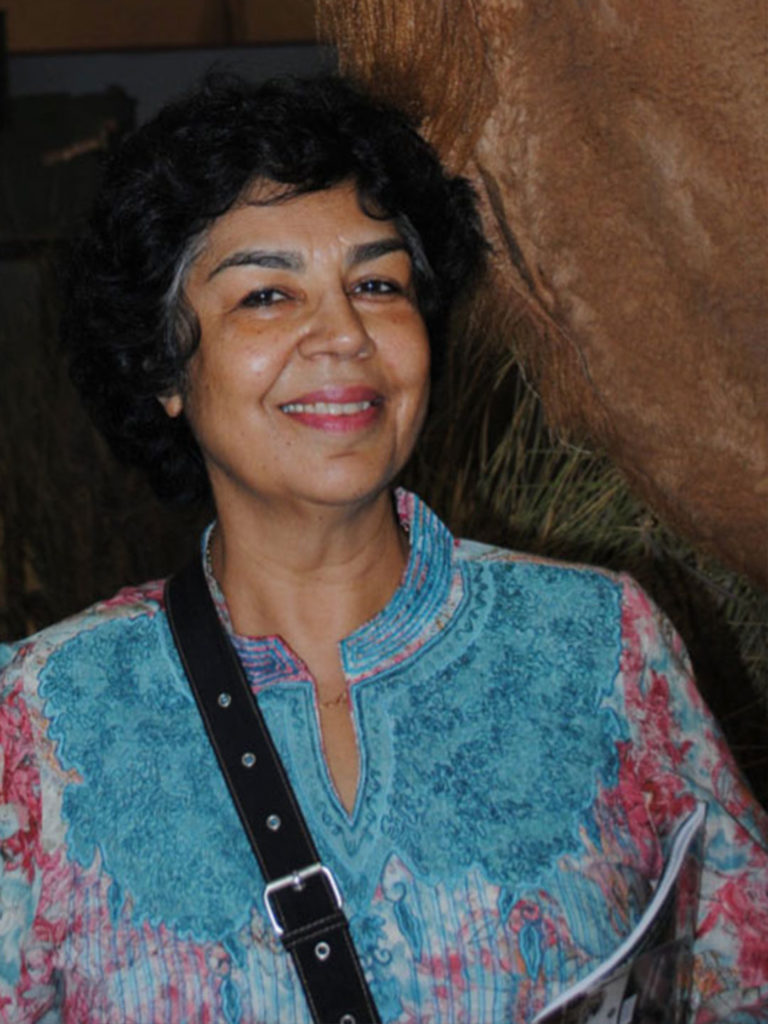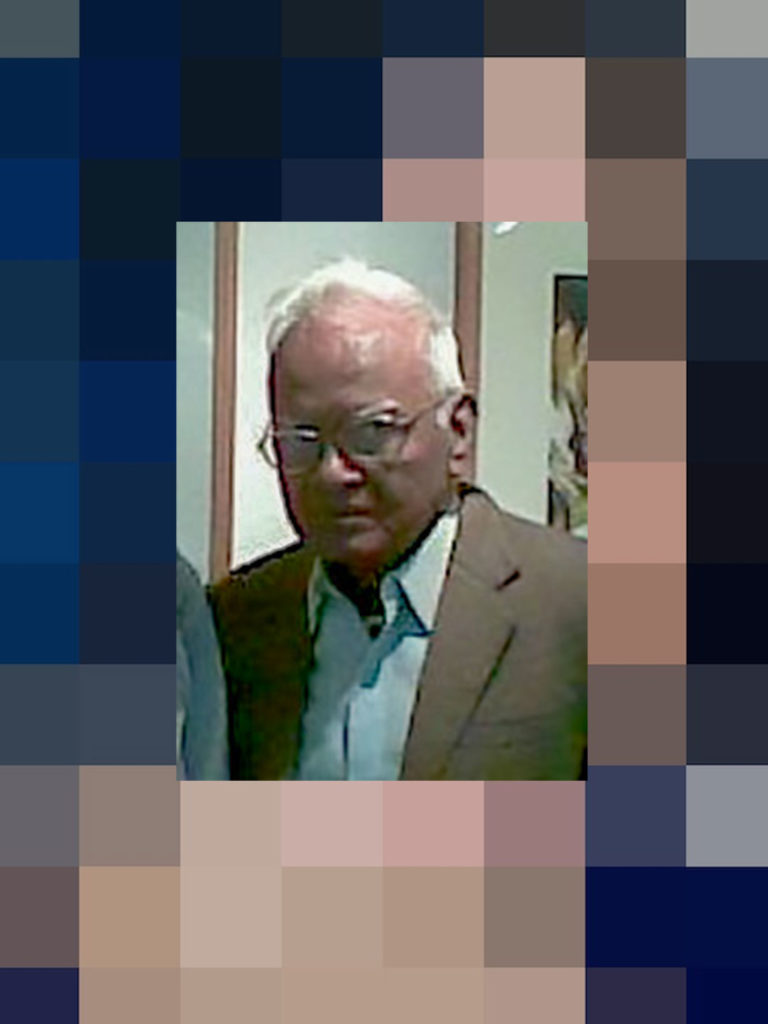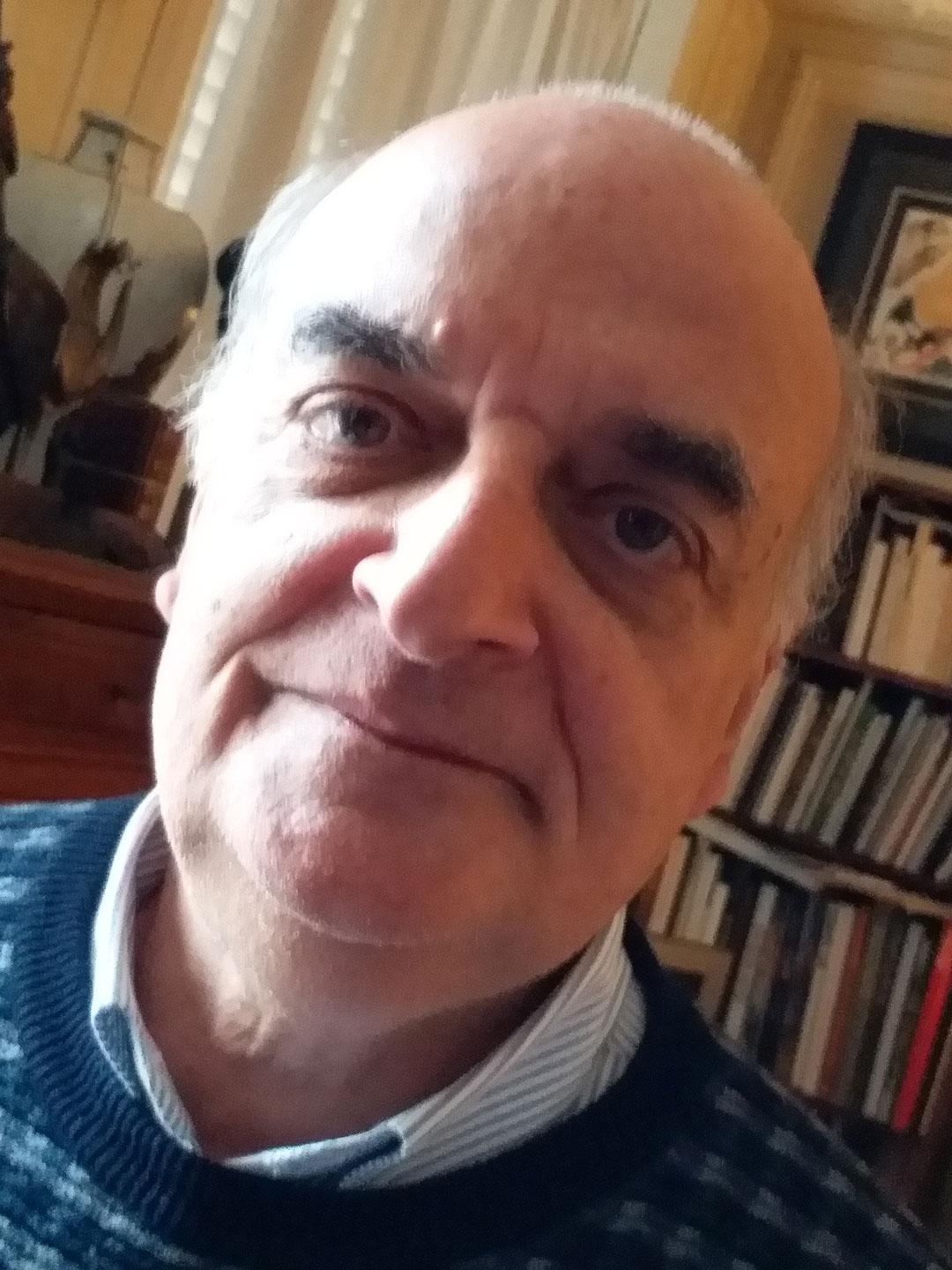
Patrice de la Perriere
Eminent Art Critic. Director of magazine Univers des Arts. Chevalier dans l’ordre des Arts et des Letters, Paris
“What an odyssey Sen Shombit has traversed, from a refugee camp in divided Bengal up to his varied artistic achievements! As a child, he lived in a refugee camp near the Ganges, without any comfort, and surrounded by pigs wandering freely in the alleys. Even so, Sen already knew that he wanted to become an artist. Several people in his family and neighborhood told him that only France would allow him to realize his art dream.
Across the river from his refugee camp was Chandernagor, a former French historic trading post with beautiful European architecture houses. Sen would often go there to dive into this small relic of French culture in India. After numerous visits, he one day decided to venture out and leave for Paris. Even if his beginnings in France were difficult and often very discouraging, it was Sen’s tenacity, unwavering will, even his indestructibility that built him to be the artist that he is today: recognized and followed by many collectors; the most French of Indian painters.
Order and désordre: I like these compositions, gathering 4,6,9,12,18,21 and 24 small paintings that can be displaced, turned around, interchanged. For Sen, “désordre” can give birth to order. This is why he likes to give collectors the freedom to compose their own personal installation, revealing figures or symbols with limitless composition possibilities. For this extraordinary artist, the figurative can spring from the abstract. It is certainly this attractive possibility, this formidable freedom that has allowed him to move forward, and to give free rein to his rich personality where the imagination and the spirit are all essential elements of his art.
Gesturism Art: The word Gesturism is of great significance, it reflects Sen’s vision of his work as a personal pictorial narrative. Sen has a way of painting without limits to show that what is not seen, but which is nevertheless essential. So his painting practice is spontaneous, like writing automatically. Sen’s interaction with the canvas is guided by the spirit of the painting, where lines, curves, volumes, colours intermingle and complement each other, creating shapes and figures for the viewer to discover and intuitively grasp. Sen’s paintings are like brain-teasers. They require us to untangle the riddle and share the artist’s vision so as to perceive what is hidden and awaiting our discovery.
The two Salons: In December 2017, Sen participated in the Salon of the Société Nationale des Beaux Arts in Carrousel du Louvre. In February 2018, he presented his paintings at the Salon du Dessin et de la Peinture à l’Eau, under the glass roof of Grand Palais, as part of Art Capital. To be selected for these two historic salons is a grand opportunity. It allows the artist to measure his professionalism while being part of a ‘family’ of creators who have the common desire to express their vision, originality and message to the world. Indeed, what is certain is that Sen is in a good position….”



